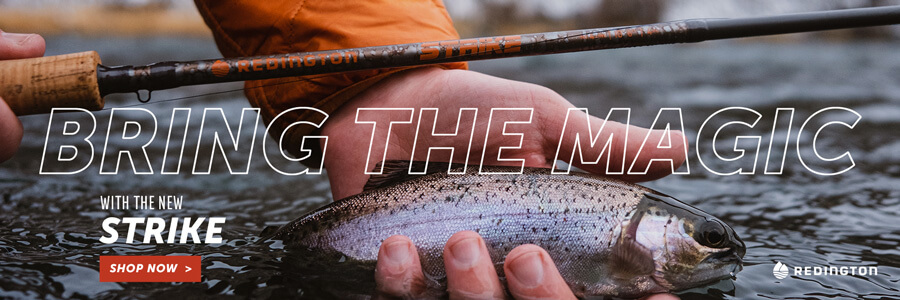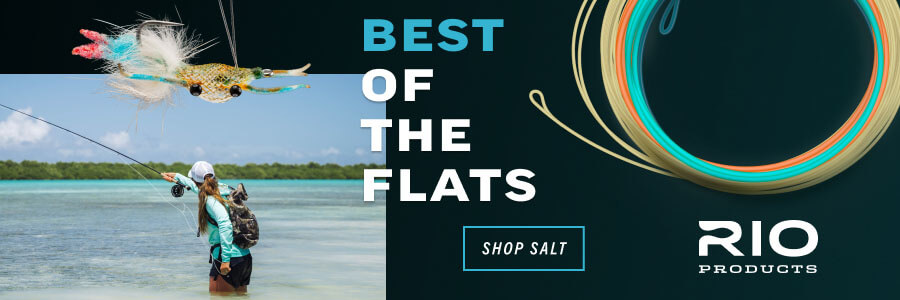MIA Anchovy - FALL 2015
One of my go-to patterns for albies and black fin tuna back in Southwest Florida is Richard Reagan’s Albie Whore pattern. It’s a fantastic utility pattern, but due to materials used to create it and the hot glue that’s used to hold it together, it’s not one of my favorite flies to tie. Multiple feathers are basically spot-welded onto the hook with hot glue. It sounds easy, but managing the volume of glue applied with each application of materials is difficult at best, and the spider web of hot stringy glue and loose feathers can turn into a calamity pretty quickly.
In an effort to simplify, while at the same time produce a predictable sink rate, I started tinkering around with a pattern I dubbed the M.I.A. Anchovy. Like many of my patterns, this fly can be easily adapted to match any number of bait fish with a quick shot of color from a permanent marker. I experimented with a number of different hooks taking into consideration gap, wire, color, and shank length. For the 30- to 50-pound Yellow Fin we were chasing, the Mustad C68SN-DP 2XH – Size 1 fit the bill perfectly. For plussized fish, I think 2/0 or 3/0 hook would be required.
The color of the hook didn’t seem to affect the bite on this trip, but on trips past, hook colors have played a role in productivity. With that in mind, I tied a few M.I.As up on black nickel 3/0 Owner Fly Liners, and that was the fly that Susan’s 40+ fish took. I think the real secret to this fly is the sink rate and where they took it in the water column. We were basically stripping out the full line and letting the fly sink naturally. The 20- to 25-foot mark seem to be the sweet spot. An ultra fast retrieve comprised of full arm strips seemed to keep the fly moving fast enough to fool the more educated, larger fish.
If you are tying a batch of these for your offshore box, you may want to beef up the weight and hook on a few so you can experiment. Also leave a few all white and pack a gray and oliver marker with you. You never know what kind of bait you might run into.
JTVCYWRyb3RhdGUlMjBncm91cCUzRCUyMjElMjIlNUQ=
MATERIALS LIST
- Hook: Mustad C68SN-DP 2XH – Size 1
- Thread: Danville Monofilament Thread – Fine
- Eyes: 4-6mm 3d Stick on dome eyes – Silver
- Tail: Arctic fox – White
- Lateral Line: Hedron Lateral Scale – Pearl
- Body: Hareline Dubbin Cactus Chenille – Medium Pearl
- Head: UV2 Fusion SX Brush – Silver Minnow
- Misc: .03 Leadfree Wire
- Adhesive: E6000 & Loon Outdoors UV Clear Fly Finish Flow
- Start by wrapping 15- 20 turns of .03 leadfree wire around the hook shank in neatly stacked concentric coils. Attach the mono tying thread at the eye of the hook and wrap back over top of the section of lead free wire, locking it in place. Once secured with several wraps, continue wrapping back to the bend of the hook.
- At the bend of the hook, tie in a matchstick size bundle of white Arctic fox fur. Secure in place with 7-8 tight wraps.
- On top of the Arctic fox tail, tie in the tip of the pearl cactus chenille.
- Palmer the chenille forward covering the section of lead free wire. Pull back the fibers with each consecutive forward turn so you do not trap too many of the chenille fibers. Tie off in front of the lead free wire and cut away the excess. This bulbous bump will act as a material spreader and keep the profile of the fly from collapsing when wet.
- Double over a single strand of the lateral scale and tie in on the side of the fly closest to you.
- Make several wraps over both legs of the material and cut away the outside piece. This technique will insure that the lateral scale does not pull free after a few fish.
- Turn the fly over in the vise, so that it is hook point up and repeat the same process on the opposite side of the fly. Once complete, trim both pieces of lateral scale so that they are approximately 1/4” longer than the arctic fox tail. Return the fly to the hook point down position.
- Directly in front of the chenille, tie in the Silver Minnow UV2 Fusion SX Brush. Once secure comb all the fibers of the brush out with a wire dog brush. Stroke all the fibers backward. This will give you a much more even looking head when palmering the brush. Skipping this step often leads to gaps or knotted sections of fibers on the head of the fly.
9. Palmer the brush forward to the eye of the hook, stroking the fibers backward with each forward wrap.
10. Tie off the brush, whip finish twice, and cut away the mono thread. Coat the exposed thread wraps with a thin layer of Loon Outdoors UV Clear Fly Finish Flow for extra durability.
11. Brush out the fibers one more time with the wire dog brush to ensure that the fibers are dispersed evenly around the fly. Lightly paint the back of the fly with a Copic Marker. Build up the desired color with a number of coats. If you do not have a airbrush available, a few passes with a permanent marker will work just fine.
12. Using a pea-sized dollop of E6000 adhesive, glue the dome eyes on either side of the fly.
13. While the glue is still wet, turn the fly facing you and make sure that the eyes are even and one eye is not higher than the other. This is often why baitfish flies track on their side or start spinning. I like to squeeze the eyes so they tip inward or angle slightly toward the eye of the hook. Next take a look at the fly from the top to make sure that one eye is not farther forward than the other.
14. After a secure whip finish remove the thread and finish the fly by adding eyes to each side using Loctite gel. Make sure to hold the eyes in place until you feel them getting warm, which ensures they are securely bonded and will not fall off.



